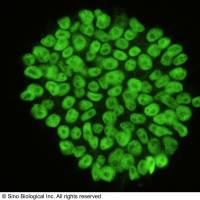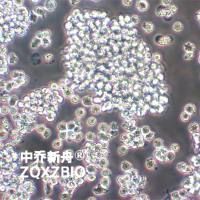Activity of the Germline-Specific Oct4-GFP Transgene in Normal and Clone Mouse Embryos
互联网
802
The first step in elucidating the function of a particular gene of interest involves defining its expression pattern. One way to do this is by using a reporter gene to tag the gene either in a construct (transgenesis) or in the genome (homologous recombination). Transgenes have been generated using different regions of the Oct4 gene promoter to drive expression of either lacZ or GFP, which allows the activity of the Oct4 promoter to be followed in living cells and tissues. The bacterial LacZ gene encodes the enzyme β-galactosidase, which cleaves the substrate X-gal (5-bromo-4-chloro-3-indolyl-β-d -galactoside) to produce a blue color reaction. The green fluorescent protein (GFP) from the jellyfish Aequorea victoria gives a natural green fluorescence that can be viewed under blue light excitation without processing the biological substrate for any chemical/enzymatic reaction. GFP is a convenient reporter for several reasons:
| • It is detected in situ under noninvasive viable conditions (see see Note 1 ). | |
| • GFP allows the separation of the tissue testing positive down to the single cell. It is sensitive enough for biological assays; variants with different half-life and stability extend its use in a variety of applications and follow-up observations. | |
| • Fluorescence persists after fixation with methanol or paraformaldehyde/glutaral-dehyde. |









